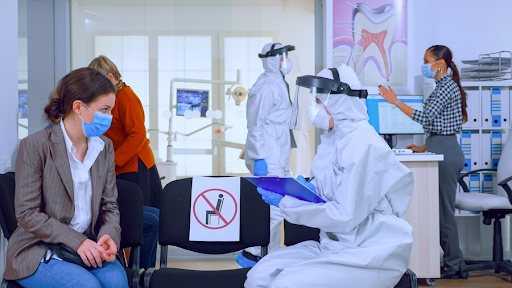
Hospital cleaning is one of the crucial chores, which needs to be done very carefully and following all the necessary guidelines. The hospital environment is not only crucial to the well-being of the patients but also plays a central role as a means of transmitting infection. Below are some important guidelines intended for cleaning hospital environments to maintain a sterile atmosphere for patients, employees, and visitors. To learn more, keep reading.
1. Develop a Comprehensive Cleaning Plan
It is critical to develop a comprehensive cleaning plan that guides staff on cleaning practices to reduce chances of contamination. This is because parts of the plan should detail the cleaning frequency, techniques as well as the roles when it comes to moving areas such as the operating room cleaning using Professional operating room cleaners, operation theaters, reception, and bathroom. Make sure that the specific cleaning plan provided does not deviate from the general healthcare cleaning standards and a recommended plan.
2. Use Hospital-Grade Disinfectants
It is important to understand that not all disinfectants are effective in cleaning or decontaminating hospitals. Apply recommended hospital disinfectants that have been specified by the regulatory bodies in controlling different pathogens including bacteria, viruses, and fungi. To eliminate cross-contamination of students and effective disinfection, the following measures should be taken: Adhere to the manufacturer’s recommended dilution ratio, contact time, and rate of application.
3. Implement Terminal Cleaning Procedures
Isolation cleaning means the process of cleaning and paying more attention to the beds and other areas of the patient after he/she has been discharged or transferred to another room. These steps are crucial for preventing healthcare-associated infection and are commonly known as hand hygiene. Ensure objects within the high contact zones are cleaned; bed rails, doorknobs, light switches, and bedside tables. During the terminal cleaning, there is a need to focus on the cleanliness issues of the bathrooms and the floors.
4. Ensure Proper Waste Management and Septic System Cleaning
Another important index that should be met in healthcare facilities concerns waste disposal. This would most certainly contribute to cleanliness and thus to the non-transmission of infections. Printed and electronic documents should also be disposed of properly by hospital standard operational procedures and legal requirements.
Also, arrange frequent professional storm drain cleaning and septic system cleaning to solve the problem of septic system backups and proper working of sewage removal systems that play a significant role for hospitals.
5. Train and Educate Cleaning Staff
Cleaning in hospitals requires qualified and experienced cleaners with some inputs regarding the do’s and don’ts of the act. Counsel personnel about cleaning processes, protective measures against disease transmission, cleaning equipment, and products. Educate staff frequently on new concepts of cleaning and new technologies in Cleaning practices so that you can be assured of high levels of cleanliness among staff.
Conclusion
General cleanliness of health facilities particularly hospitals is, thus, a basic requirement in the delivery of proper health services. Some of the ways that hospitals can promote a clean environment along with reducing the spread of infection include establishing a cleaning schedule, using hospital-grade cleaners, providing terminal cleaning services, proper disposal of waste and septic services, and training cleaning staff to ensure health and cleanliness in the hospital.

